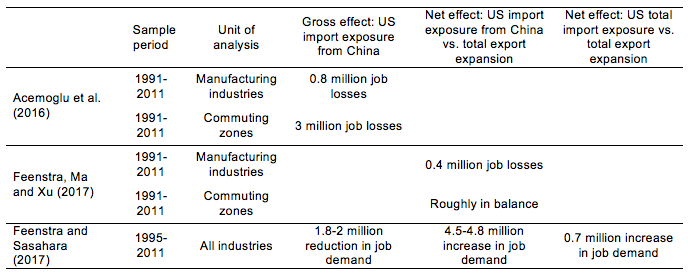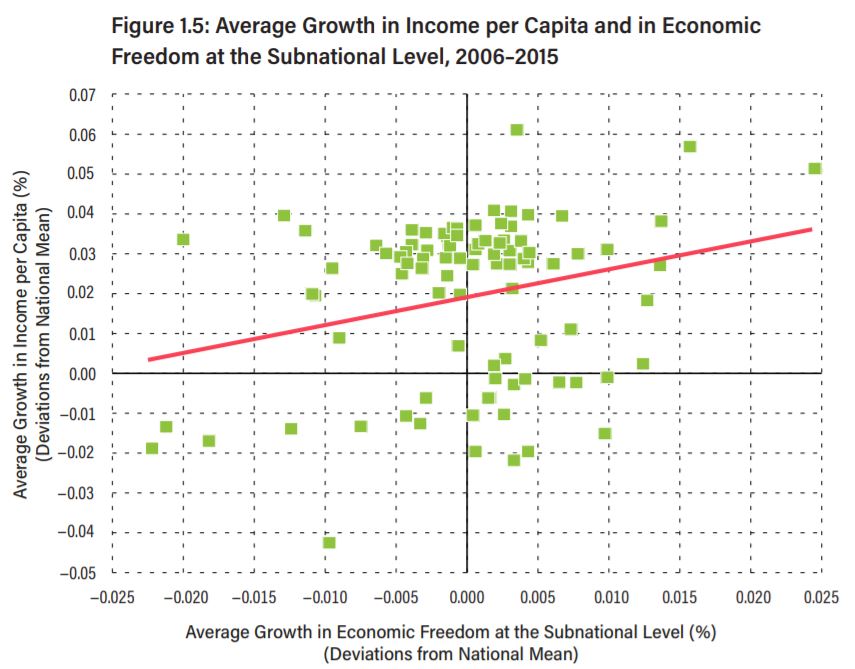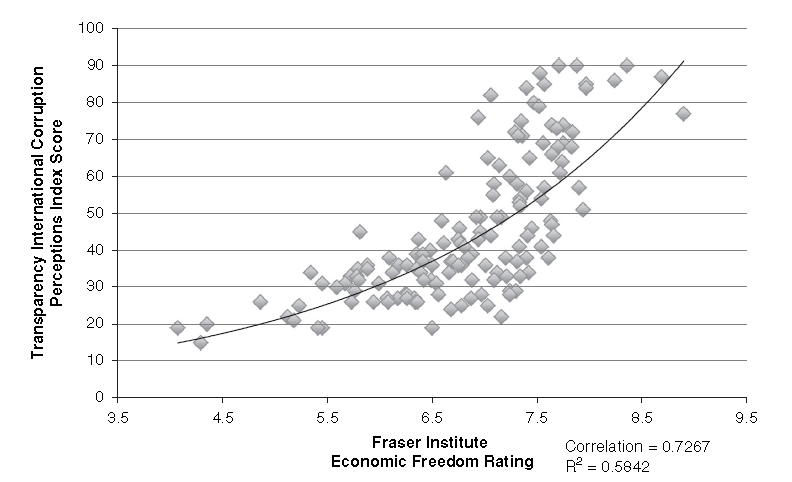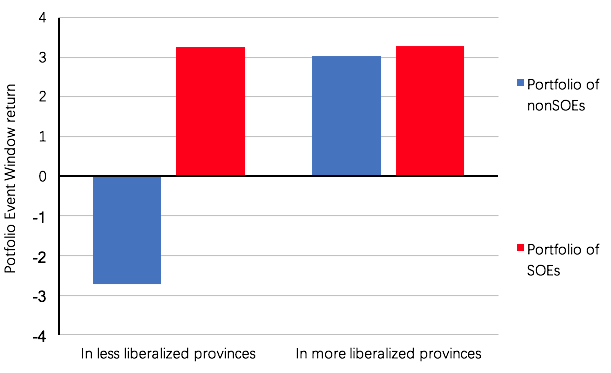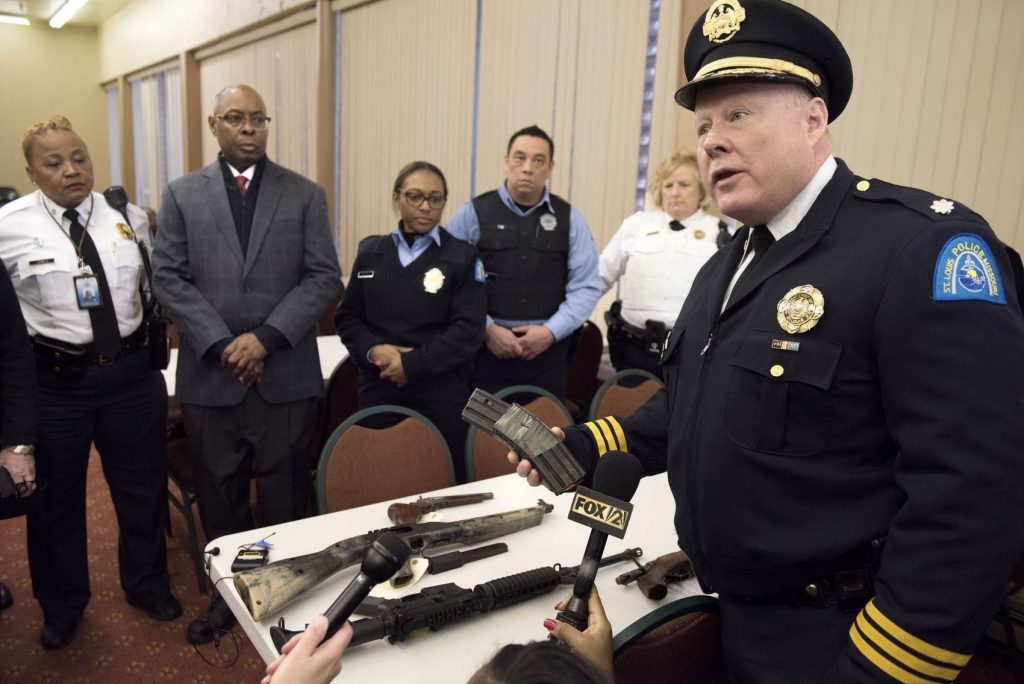In the last week or two I’ve read (or at least skimmed) a lot of interesting pieces on guns, gun crime, gun control, etc. Below are most of the links, listed in order of their publication date. I don’t necessarily agree with or endorse everything in each link (obviously, since some of them are directly contradicting each other), but they gave me a lot to think about, so I’m including them here if anyone else wants to read more.
2013:
Analysis of Recent Mass Shootings – National Criminal Justice Reference Service, 2013; Study found that up to 77% of mass shootings did not involve an assault weapon or even a high capacity weapon.
Reducing Gun Violence in America – Center for Gun Policy and Research, 2013; This link is to an entire book. I read the forward, in which the authors make the following suggestions:
- Require background checks for all gun sales, including private sales at gun shows and online,
- Make gun trafficking a federal crime,
- Limit the availability of military-style weapons and of high-capacity magazines with more than 10 rounds,
- Have all federal agencies to submit their relevant data to the national gun background check database,
- Have the Justice Department to make a priority of prosecuting convicted criminals who provide false personal information during gun purchase background checks,
- Make a recess appointment to get someone to head the Federal Bureau of Alcohol, Tobacco, Firearms and Explosives, and
- Stop supporting the Tiahrt order, which keeps the public in the dark about who gun traffickers are and how they operate.
Guns and School Safety Survey Results – School Improvement Network, January 23, 2013; a little over 1 in 8 educators (13.5%) both own a firearm and would bring it to school if they were allowed to.
Guns In Schools: Firearms Already Allowed In 18 States With Few Restrictions – Huffington Post, March 17, 2013
Police Gun Control Survey: Are legally-armed citizens the best solution to gun violence? – PoliceOne.com, April 8, 2013;
- 91% of LEOs didn’t believe an assault weapons ban would help,
- 91% supported conceal and carry permits for civilians,
- 86% believed casualties would be reduced at recent mass shootings if armed civilians had been present, and
- 81% were in favor of arming teachers and school administrators who had been properly trained.
Colorado’s school shooting — over in 80 seconds – CNN, December 15, 2013; An armed Student Resources Officer responded immediately to a school shooter.
2015:
Comparing Death Rates from Mass Public Shootings and Mass Public Violence in the US and Europe – Crime Prevention Research Center, June 23, 2015
Here’s where you’re most likely to own a gun – Business Insider, July 3, 2015; Alaska has the highest percentage of gun ownership; Delaware has the lowest.
2016:
13 Charts Put America’s Gun Violence in Perspective – Independent Journal Review, January 8, 2016
Across the country, school districts are quietly arming teachers for the next shooting – The Washington Post, April 14, 2016
The Media Keeps Misfiring When It Writes About Guns – Slate, June 26, 2016
Texas school warns: Our teachers ‘may be armed and will use whatever force is necessary’ to protect students – The Washington Post, September 22, 2016
Firearms on College Campuses: Research Evidence and Policy Implications – Johns Hopkins Bloomberg School of Public Health, October 15, 2016; Table 1 summarizes State Campus Carry laws
What Conservatives Get Right About Guns – GQ, October 28, 2016
2017:
America’s Complex Relationship With Guns – Pew Research Center, June 22, 2017
Illinois school where teacher took down gunman recently trained for active shooters – CBS, September 22, 2017; An unarmed teacher stopped a gunman.
How to Reduce Mass Shooting Deaths? Experts Rank Gun Laws – New York Times, October 5, 2017; Experts ranked assault weapons bans as slightly more effective than a ban on all semiautomatic guns.
6 Reasons Your Right-Wing Friend Isn’t Coming To Your Side On Gun Control – The Federalist, October 6, 2017
Supporters of stricter gun laws are less likely to contact elected officials – Pew Research Center, October 12, 2017
2018:
Background Checks Are Not the Answer to Gun Violence – New York Times, February 12, 2018
US Mass Shootings, 1982-2018: Data From Mother Jones’ Investigation – Mother Jones, February 14, 2018
Why The AR-15 Is America’s Rifle – NPR, February 15, 2018
“Fuck you, I like guns.” – AgingMillennialEngineer.com, February 15, 2018
An ‘Assault Weapon’ Ban Won’t Stop Mass Shootings – Reason, February 15, 2018
How white nationalists fooled the media about Florida shooter – Politico, February 16, 2018
Disarming ‘Individuals With Mental Illness’ Would Affect a Quarter of the Population – Reason, February 16, 2018
Texas Teachers Can Pack Heat; Florida Lawmakers Pushing For Options – WFMY News, February 17, 2018
Gun Rights Expand Even as Mass Shootings Spur Calls for Stricter Laws – Wall Street Journal, February 18, 2018
A Cure for Mass Shootings Doesn’t Exist – Reason, February 18, 2018; The author explains why he doesn’t believe an assault weapons ban, background checks for private sales, and broadening the exclusion for mental health problems would curtail mass shootings.
Real Solutions for Curtailing Gun Violence – The Wall Street Journal, February 20, 2018; The author suggests dramatically increasing penalties for stealing a firearm, enforcing laws against straw purchases of handguns, and finding practical, legal ways of stoppping people with mentall illness from purchasing firearms.
Mass Shooting Survivors Come Out Against Gun Control Too – The Jack News, February 22, 2018
In 2017, Americans narrowly opposed allowing teachers and school officials to carry guns – Pew Research Center, February 23, 2018
Poll: Support for stricter gun laws rises; divisions on arming teachers – CBS, February 23, 2018
The case against arming teachers – Vox, February 23, 2018
Sources: Coral Springs police upset at some Broward deputies for not entering school – CNN, February 24, 2018
What Critics Don’t Understand About Gun Culture – The Atlantic, February 27, 2018
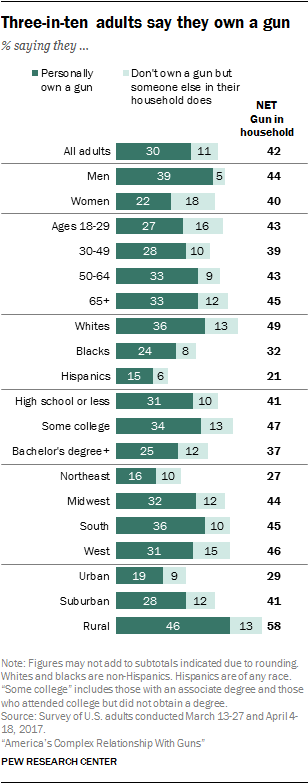
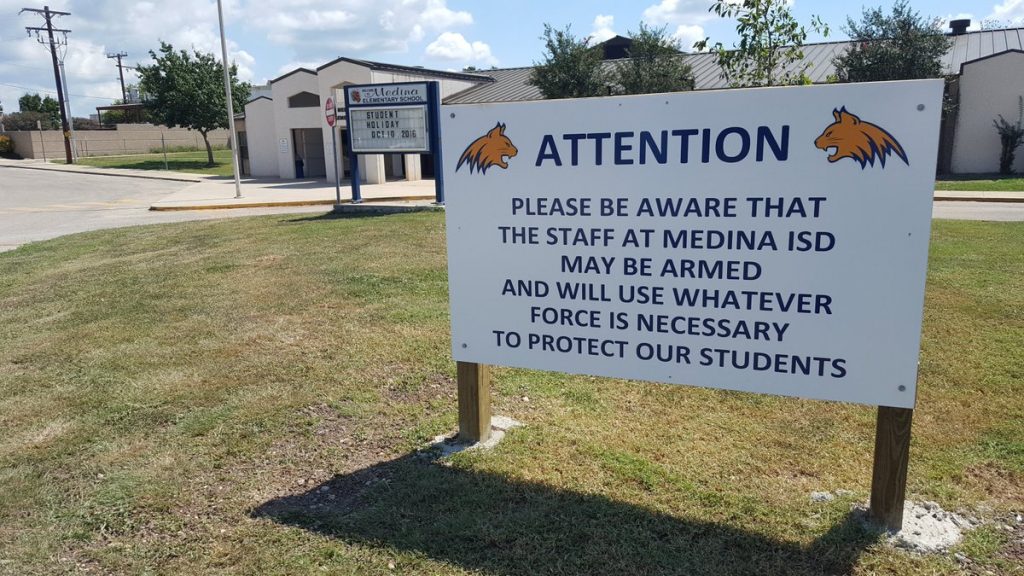
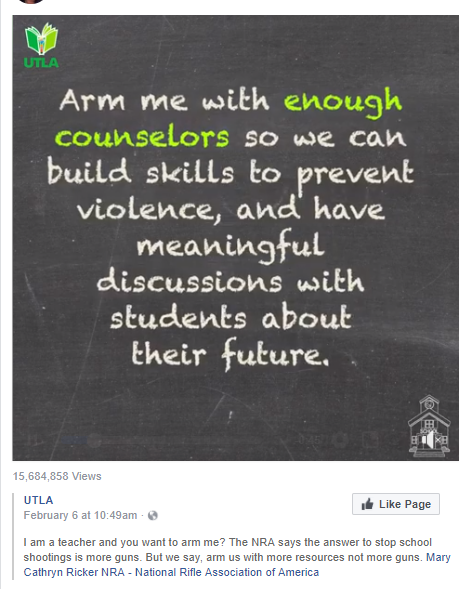
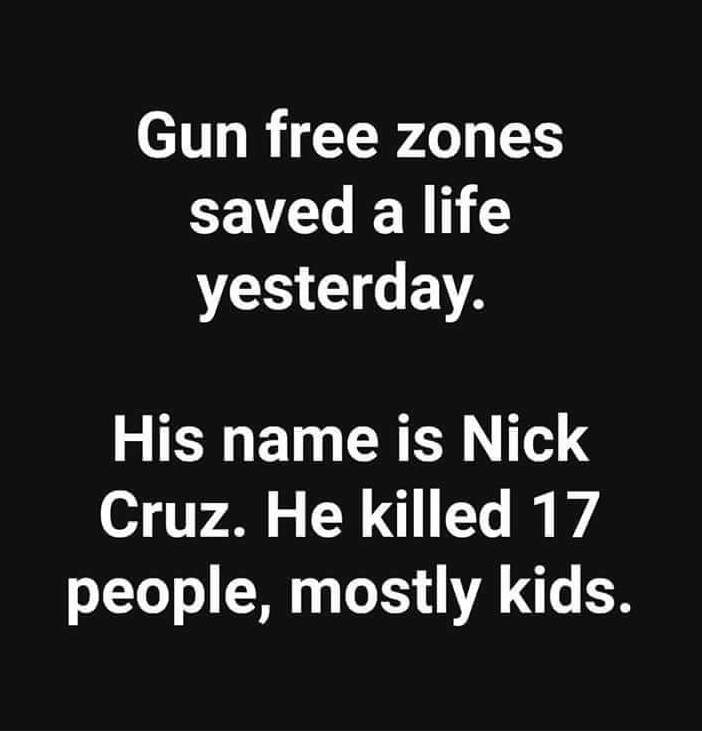

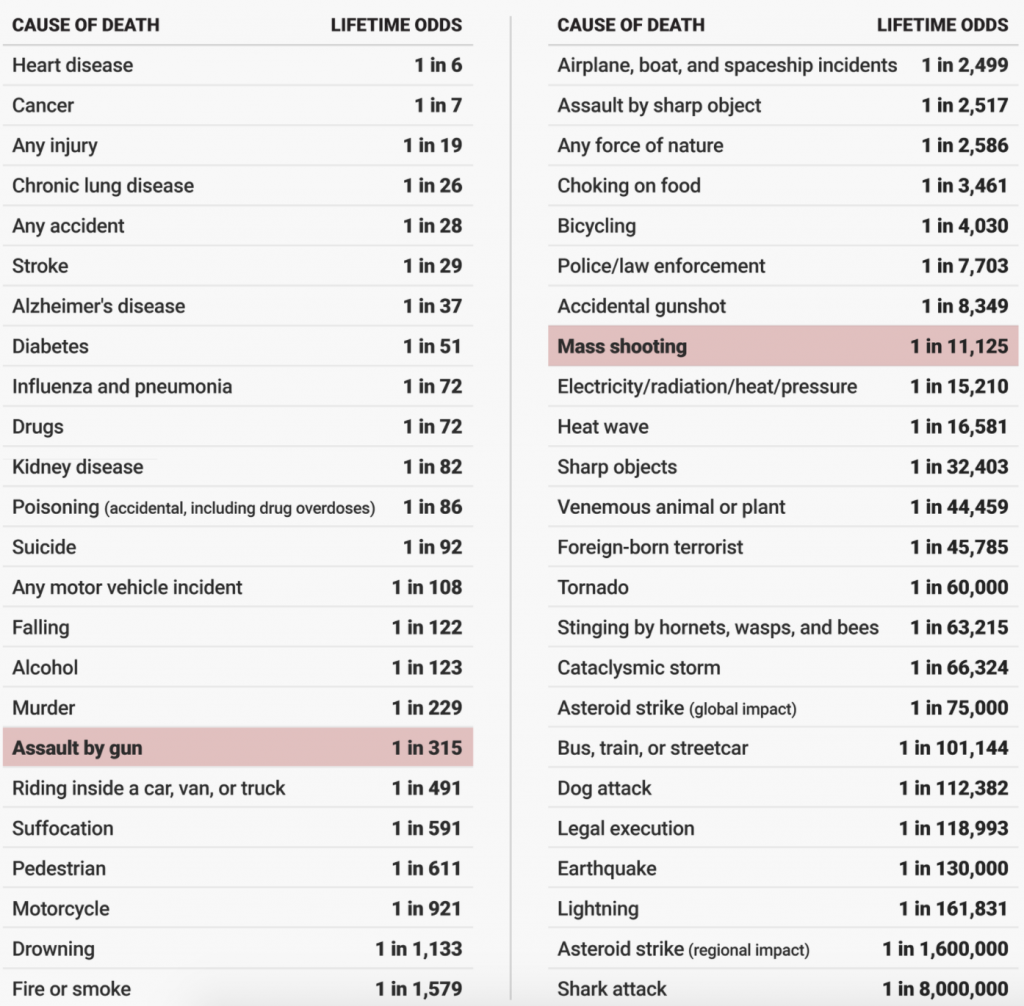

 Some of the foods you can purchase through WIC.
Some of the foods you can purchase through WIC.